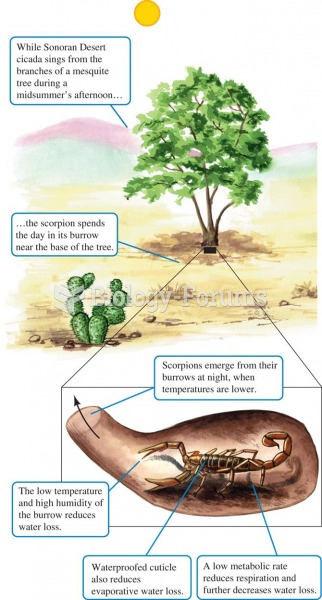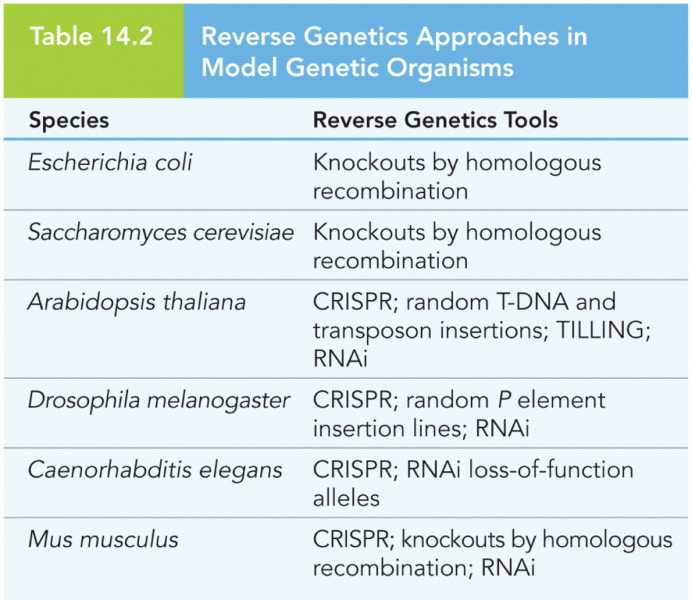Answer to Question 1
Two approaches to HEA can be effective: 1) observing employees at work and noting hazards (the task analysis approach); and 2) actually performing job tasks to get a firsthand feel for hazards.
Answer to Question 2
Failure mode and effects analysis (FMEA)
Failure mode and effects analysis (FMEA) is a formal step-by-step analytical method that is a spin-off of reliability analysis, a method used to analyze complex engineering systems. FMEA proceeds as follows:
Critically examine the system in question.
Divide the system into its various components.
Examine each individual component and record all of the various ways in which the components may fail. Rate each potential failure according to the degree of hazard posed (0 = No hazard, 1 = Slight, 2 = Moderate, 3 = Extreme, 4 = Severe).
Examine all potential failures for each individual component of the system and decide what effect the failures could have.
Hazard and Operability Review (HAZOP)
Hazard and operability review (HAZOP) is an analysis method that allows problems to be identified even before a body of experience has been developed for a given process/system. It is especially useful for operations involving chemicals or toxic materials. Although originally intended for use with new processes, it need not be limited to new operations. HAZOP works equally well with old processes/systems.
Human Error Analysis (HEA)
Humana error analysis (HEA) is used to predict human error, not to review what has occurred. Although the records of past accidents can be studied to identify trends that can, in turn, be used to predict accidents, this should be done as part of an accident investigation. HEA should be used to identify hazards before they cause accidents.
Technic of Operation Review (TOR)
Technic of operation review (TOR) is an analysis method that allows supervisors and employees to work together to analyze workplace accidents, failures, and incidents. It answers the question, Why did the system allow this incident to occur? Like FMEA and HAZOP, this approach seeks to identify systemic causes. It does not seek to assign blame.







